Image Credit: Lolostock/Shutterstock
The history of airline travel was upended back in 1979 when Texas International Airlines introduced the first frequent flyer program.
From there, loyalty programs exploded in popularity and are now commonplace across almost every industry.
How loyalty makes money today
At the heart of a loyalty program lie a few key concepts:
- For the most avid users, it increases high value purchases significantly above the cost of servicing the loyalty program
- For the medium users, it increases purchases above the cost of servicing the loyalty program
- For the low users, it doesn’t really make a difference
Loyalty programs make money by maximizing the difference between the value captured by offering a compelling program and the cost of providing the benefits associated with that program.
The critical element for a loyalty marketer is to get people “locked in” to their program so that, in a choice between two comparable products/services, a customer defaults to the brand with the loyalty program.
Like many people, I have personal experience with this. Over the past 5 years, I flew a lot. Because United has a hub in DC where I live, they often had the best set of direct flights. This led to an increase in status, perks, and more until I hit the 1K level.
As I said on more than one occasion, “United owns me.”
In other words, they’d “locked me in.”
The rewards started rolling in — mileage bonuses, upgrade vouchers, and more.
Of course, when it came time to redeem those vouchers … well, that proved near impossible.
You know the drill.
Loyalty is different in a blockchain world
In a world of distributed ledgers, there is a shared data layer accessible to everyone. That means switching costs are essentially zero for the core product.
As I shared before, I switched Bitcoin wallets in approximately 40 seconds recently. That’s not something you can do with a bank, but you can do it when your data is totally portable.
Going back to our airline example, what if I could port my entire travel history, average purchase price, and favorite routes from the United app to the Delta app and then, with its intelligent agent, Delta could immediately assess my potential value as a customer and enroll me at the same (or better) level in its own program?
What if I could do that with every airline at the same time?
Then, loyalty isn’t what it used to be, is it?
So, my loyalty…

